Who owns WWOZ?
WWOZ-FM is licensed to the Friends of WWOZ, Inc, a 501(c)(3) corporation. The Governance Board for Friends of WWOZ, Inc. is appointed by the New Orleans Jazz & Heritage Festival and Foundation, the presenting organization of the world famous New Orleans Jazz & Heritage Festival. WWOZ-FM is the flagship radio station of the New Orleans Jazz & Heritage Festival, broadcasting and streaming the festival live from start to finish including more than 28 performances from any of ten Festival stages.
How long has WWOZ been in operation?
WWOZ first went on the air on December 4th, 1980 from atop Tipitina's, the legendary music club of New Orleans.
What is WWOZ's format, and has it always been the same?
WWOZ, since its inception, has always been committed to providing exposure to local musicians who play the genres heard in New Orleans. WWOZ broadcasts all forms of jazz, blues, rhythm and blues, brass band, gospel, Cajun, zydeco, Caribbean, Latin, Brazilian, African, bluegrass, and Irish, among others. Click here for our programming schedule.
What is WWOZ's broadcasting power?
100,000 watts. However, the antenna is mounted on a two-hundred-foot tower atop a large office building located in the Central Business District. Therefore, WWOZ's effective radiating power is much greater than the simple wattage figure would seem to indicate. Because of the central location of the antenna tower, there is substantially less multiplex interference than that experienced by stations with higher wattage, but who are shooting their signal from outside the Central Business District.
How far does the signal extend?
WWOZ's primary signal covers:
1) Worldwide, via our website at wwoz.org, broadcast live 24 hours a day, 365 days a year. Receiving a half million hits per month, WWOZ was recognized as Station of the Day in August, 1999 at Broadcast.com, and is listed as one of the top ten radio web sites visited on its servers. Listen to the live broadcast now!
2) The Greater New Orleans Metropolitan Area, including Orleans, Jefferson, and St. Bernard Parishes.
3) The River Parishes of St. Charles, St. John the Baptist, and St. James.
4) The Northshore of Lake Pontchartrain, St. Tammany Parish. A weaker signal can be picked up by more sensitive receivers extending as far north as Baton Rouge, and as far as the Mississippi Gulf Coast.



















